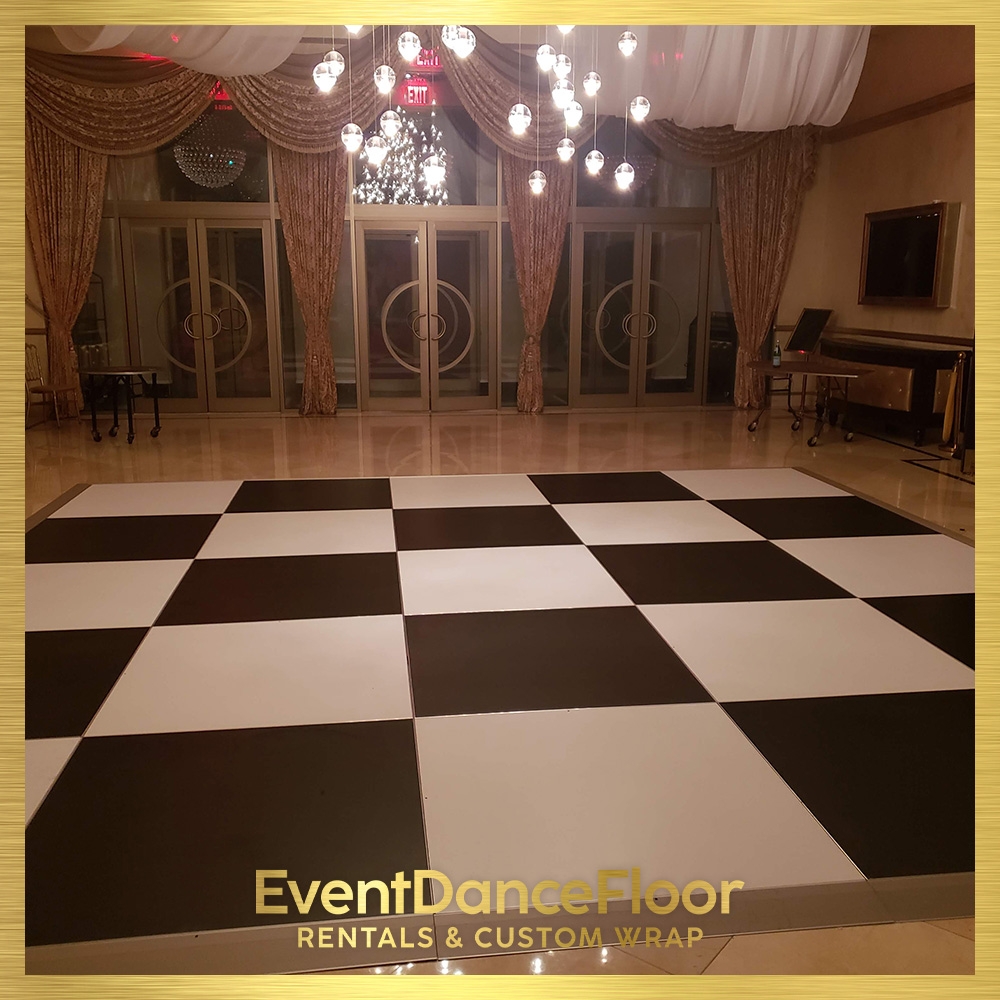Interactive Projection Mapping for Dance Floors
How can interactive projection mapping enhance the overall experience on dance floors?
Interactive projection mapping can greatly enhance the overall experience on dance floors by creating a dynamic and immersive environment for the dancers. By projecting visuals that respond to the movements of the dancers, the atmosphere becomes more engaging and interactive. This technology allows for real-time interaction between the dancers and the visuals, creating a unique and memorable experience for everyone on the dance floor.





